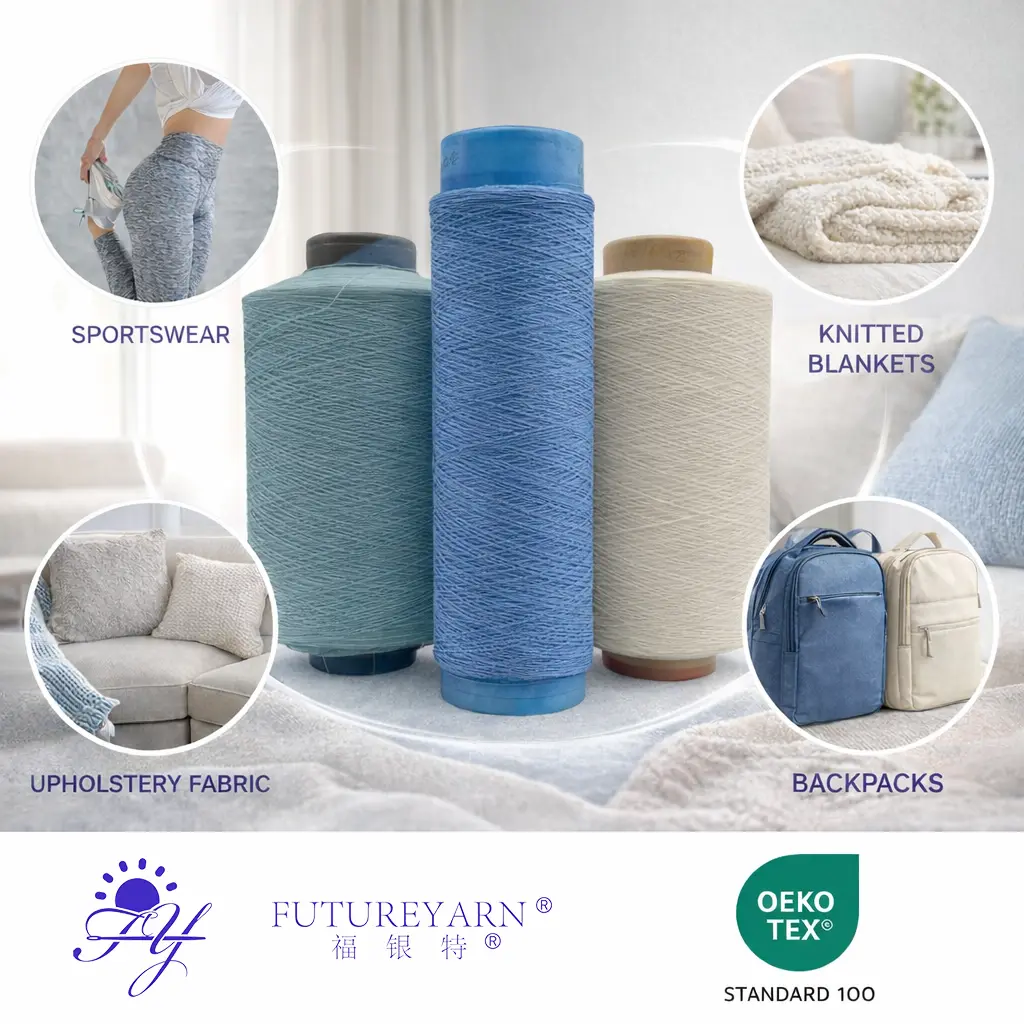In an era where sustainability is at the forefront of consumer consciousness, the fashion and textile industries face increasing scrutiny regarding their environmental impact. One of the most pressing issues is the use of non-biodegradable fabrics, which contribute significantly to landfill waste and pollution. This article delves into the types of fabrics that do not biodegrade, their implications for the environment, and potential alternatives that can help mitigate this pressing issue.
Understanding Biodegradability in Fabrics
Biodegradability refers to the ability of a material to decompose naturally through the action of microorganisms, such as bacteria and fungi. Fabrics that are biodegradable break down into natural substances, returning nutrients to the soil and minimizing environmental impact. Conversely, non-biodegradable fabrics persist in the environment for decades, if not centuries, leading to a host of ecological problems.
Common Non-Biodegradable Fabrics
- Polyester: One of the most widely used synthetic fabrics, polyester is derived from petroleum. Its durability and resistance to wrinkles make it a popular choice in the fashion industry. However, polyester can take up to 200 years to decompose, contributing to the growing problem of microplastic pollution in oceans and waterways.
- Nylon: Another synthetic fabric, nylon is known for its strength and elasticity. Commonly used in activewear and outdoor gear, nylon is also derived from petrochemicals. It can take up to 30 to 40 years to break down, releasing harmful chemicals into the environment during its degradation process.
- Acrylic: Often used as a wool substitute, acrylic is lightweight and warm but is also a synthetic fiber that does not biodegrade. It can take hundreds of years to decompose, and like polyester and nylon, it contributes to microplastic pollution.
- Spandex (Lycra): Known for its exceptional elasticity, spandex is commonly found in athletic wear and form-fitting clothing. While it enhances comfort and performance, spandex is a synthetic fiber that does not break down naturally, leading to long-term environmental concerns.
- Vinyl (PVC): Used in a variety of applications, including clothing, upholstery, and accessories, vinyl is a plastic material that is not biodegradable. The production and disposal of PVC can release harmful toxins, making it a significant environmental hazard.
The Environmental Impact of Non-Biodegradable Fabrics
The environmental consequences of using non-biodegradable fabrics are profound. As these materials accumulate in landfills, they contribute to soil and water pollution. The breakdown of synthetic fabrics can release microplastics into the environment, which pose a threat to marine life and ecosystems. Additionally, the production of these fabrics often involves harmful chemicals and processes that can lead to air and water pollution.
Alternatives to Non-Biodegradable Fabrics
In response to the environmental challenges posed by non-biodegradable fabrics, the industry is beginning to explore more sustainable alternatives:
- Organic Cotton: Unlike conventional cotton, organic cotton is grown without synthetic pesticides and fertilizers. It is biodegradable and has a lower environmental impact.
- Hemp: A highly sustainable crop, hemp requires minimal water and no pesticides. Hemp fabric is durable, biodegradable, and has a low carbon footprint.
- Tencel (Lyocell): Made from sustainably sourced wood pulp, Tencel is biodegradable and produced in a closed-loop process that recycles water and solvents.
- Recycled Fabrics: Fabrics made from recycled materials, such as recycled polyester, can help reduce waste and the demand for virgin resources. While recycled polyester still has environmental concerns, it is a step towards a more sustainable textile industry.
Conclusion
As consumers become more aware of the environmental impact of their choices, the demand for sustainable fabrics is likely to grow. Understanding which fabrics do not biodegrade is crucial for making informed decisions that align with eco-friendly practices. By opting for biodegradable and sustainable alternatives, we can collectively reduce our environmental footprint and contribute to a healthier planet. The textile industry must continue to innovate and prioritize sustainability to ensure a more responsible future for fashion and textiles.

